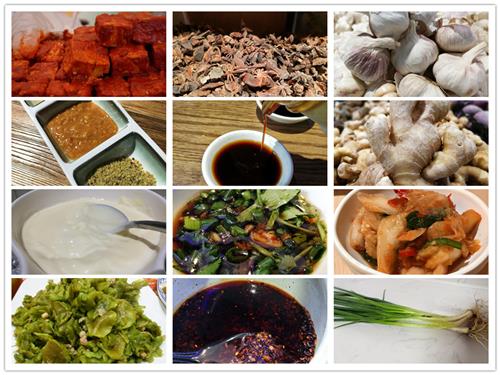In early spring, when it comes to eating leeks, it is not only kidney yang, but also liver and stomach, which can be described as the most fashionable spring vegetables. How to choose fresh and good leeks in the market? How do you wash the leeks that you bought? What are the taboos for delicious leek? The taboo to eat leeks: 1, should not eat raw vegetables Can not be heated for too long to eat nor can be eaten raw, because the leeks more cellulose, but also difficult to digest, and not like the onion and garlic can be peeled raw food, edible parts close to the ground, often contaminating microorganisms, parasite eggs, and ramets More, it is not easy to wash clean, easy to infect the disease, not raw food. 2, food should not be heated too long The leeks are rich in vitamin B, and heating can destroy the ingredients. The longer the heating time, the more destruction. Therefore, it should not be eaten after being heated for a long time. 3, can not eat overnight Cooked leeks can not be eaten overnight to avoid nitrite poisoning. 4, should not be eaten with honey Leek is rich in vitamin C, and it is eaten at the same time as honey. Vitamin C contained in it is easily oxidized by the copper and iron ions contained in the honey and it loses its effect. It also has a honeyy gliding effect. The leeks are rich in cellulose and can cause diarrhea, and both can cause diarrhea. Therefore, "The Essence of Herbal Products" said: "Can not be the same as honey." 5, can not be the same food with spinach, white wine, beef. Leek and spinach can not be the same food, the two with the food have slippery effect, easy to cause diarrhea. Liquor and food can easily cause gastritis and ulcers, and cause liver diseases and bleeding disorders. When eating with beef, it is prone to inflammation of the gums. These people should not eat leeks 1, people with indigestion or weak gastrointestinal function eat leeks easy to heartburn, should not eat. 2. The "Compendium of Materia Medica" once documented: "If you eat more food, you will be dizzy and dark, especially after drinking." Modern medicine believes that people with impotence and fever are unfit for human consumption. 3, people with tonsillitis, nasal pus and otitis media can not eat leeks. 4, people who do not like to eat spicy, allergic to cause allergies should not eat. 5, special groups eat less leeks: leeks contain oxalic acid, easily and some minerals and trace elements antagonistic reaction, affect the absorption of these minerals and trace elements. When cooking leeks, it is rare to drip first (dew water can remove oxalic acid), so the elderly, children, and pregnant women and people lacking calcium, iron deficiency and zinc deficiency eat as much as possible. 6, when serving vitamin K should not be eaten. When taking vitamin K, avoid eating more foods containing vitamin C. This product is very high in vitamin C, with the use of vitamin K can reduce the efficacy. 7, summer should not eat more summer leeks and more aging, fiber and more rough, can not be easily absorbed, summer gastrointestinal function is reduced, more food can cause bloating discomfort or diarrhea. Tips for picking leeks: 1. There are two types of broadleaf and narrow leaves on the market. Broad-leaved leek has a light green color, a small amount of dietary fiber, and a relatively good taste. Narrow-leaved leek leaves have a dark green color, a lot of dietary fiber, and a taste that is not as broad as the leaves, but the taste is relatively rich. 2, to select the root section at the flat. Hold the leeks root, the leaves can stand upright, and the leeks are very fresh. If the root section of the leeks grows at a section, or the leaves are loose, it is not fresh. 3, do not buy leaves with insect eyes, yellowing. Do not buy leeks with yellow eyes or yellow leaves on the leaves. In addition, the roots may be too stout to use a lot of chemical fertilizers, and they must be purchased with caution. 4, storage and preservation bags sealed. If the leeks bought back are not immediately eaten, direct chilling will make the refrigerator “stinkâ€, so it is best to seal the leeks with a fresh-keeping bag before putting them into the refrigerator. Tips for handling leeks: 1, cleaning There is a lot of silt at the root cutting of the chives and it is hardest to wash. Cut a piece of root first, and soak in salt water for a while. 2, hot Place the roots in boiling water (a few drops of oil) and blanch them. Put them all in until the color becomes green and remove the cold water. 3, preservation After the leeks are bundled, they are wrapped in cabbage sheets and put in a cool place to keep them fresh for 1 week. YT-T15 YT-T15 Shenzhen Sunshine Technology Co.,Ltd , https://www.yatwinsz.com
Use taboos
Prev Article
Focus: 2014 global medical device patent war